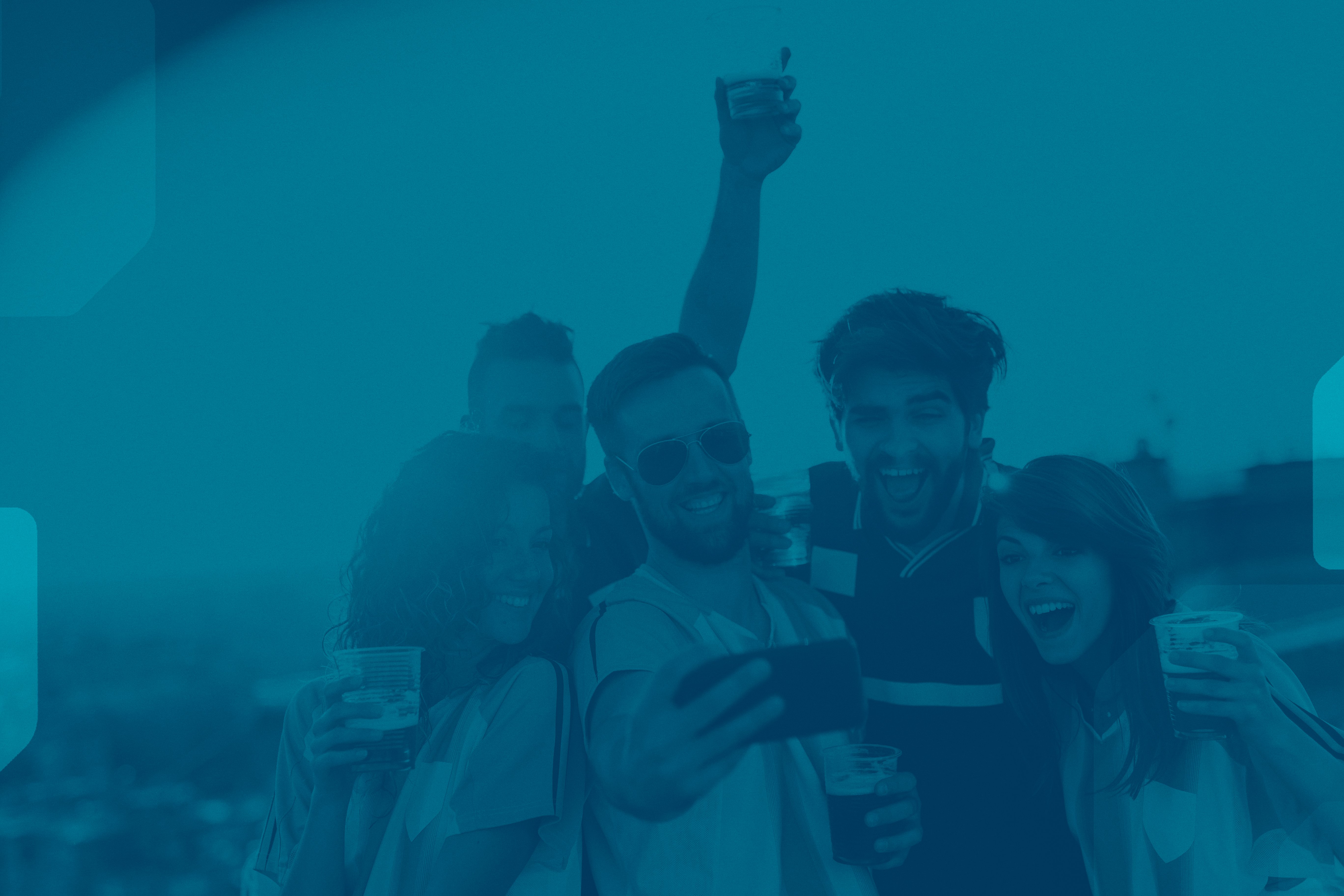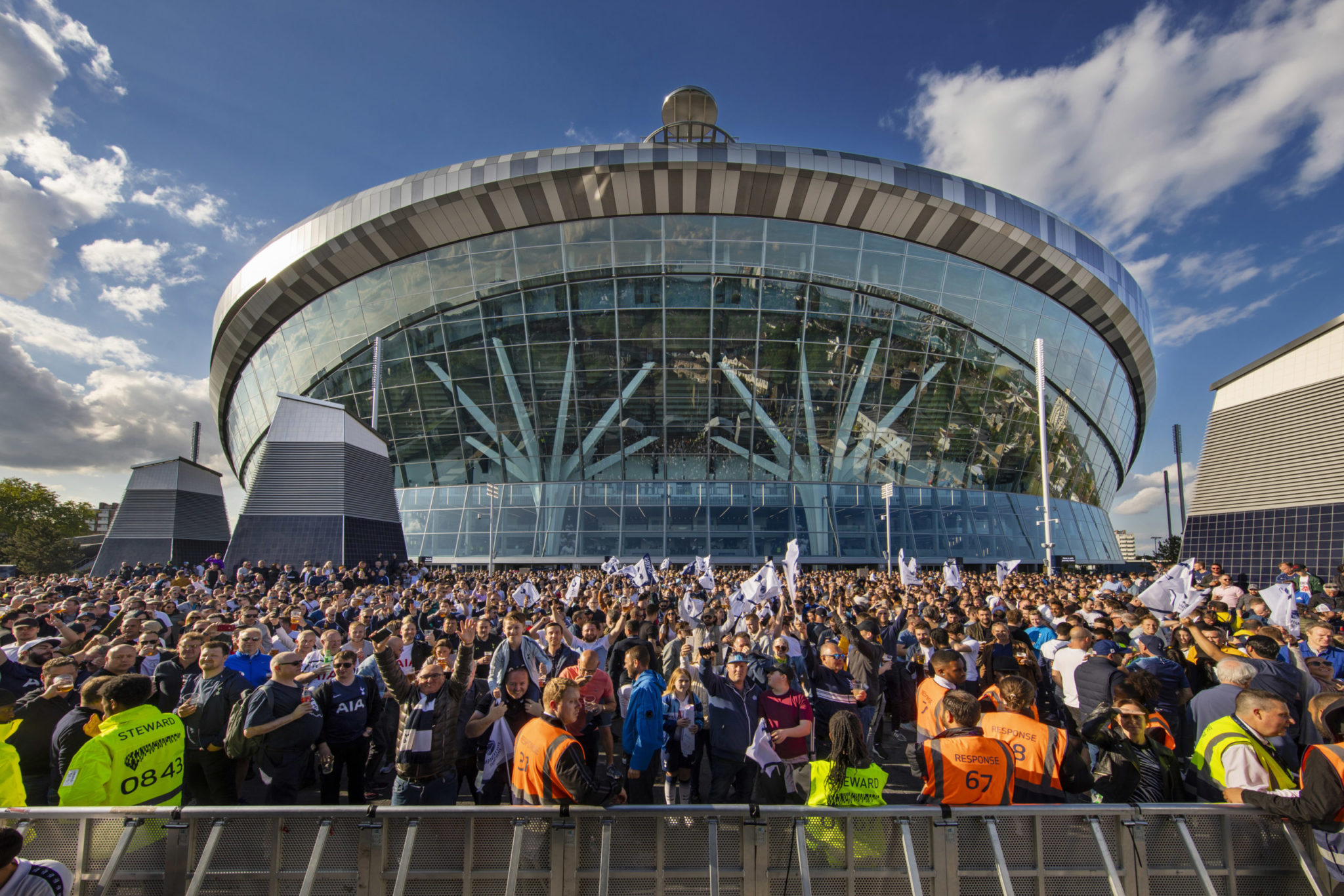Turn Every Fan Moment into Revenue: The Power of Real-Time Digital Activations
In live sports and entertainment, the action doesn’t just unfold on the field or stage—it pulses through the crowd. That split-second game-winner, the crowd-silencing dunk, the high note that gives everyone goosebumps—these are the kinds of moments fans come for. But for venue owners and their partners, these fan-charged moments represent something even more: revenue potential.
The traditional model of digital signage—pre-programmed loops, static offers, broad messaging—was never built to keep up with the pace and emotion of a live event. Generic messaging falls flat in moments that are anything but ordinary. What fans crave—and what sponsors will pay for—is real-time relevance.
Welcome to the new era of venue monetization: event-triggered digital activations that match the moment.
The Shortcomings of Static Signage in a Live Environment
For years, stadiums and arenas have deployed digital signage the same way they might in a shopping mall or retail store. Think looping video reels on menu boards. Branded backdrops that cycle through logos and slogans. Concourse displays that push the same promotion, over and over, to everyone walking by.
While these efforts can build brand presence, they fail to capitalize on the key difference between a retail environment and a live venue: the crowd’s emotional cadence. In sports and live entertainment, attention isn’t static—it spikes and dips with the rhythm of the event. When fans are on the edge of their seats, they’re primed to notice, respond to, and engage with whatever is around them.
Static signage squanders these dynamics, and this missed opportunity is measurable. Studies consistently show that dynamic, event-linked signage can increase recall, engagement, and purchase intent at much higher rates than traditional content. In some cases, simply replacing static menu boards with real-time updates can boost average food and beverage order value by 20–30%.
If you’re a venue owner still relying on static screens to drive ROI, you’re leaving money on the table.
Real-Time Signage: Where Emotion Meets Monetization
So what does “real-time” really mean when it comes to signage?
It’s more than updating content quickly; it’s aligning your messaging with the moment unfolding in the arena. These activations are synced to the pace of the game or event, reacting in real time to what fans are experiencing. When executed correctly, they can impact revenue.
Consider these scenarios:
- A football team scores a go-ahead touchdown late in the fourth quarter. Immediately, concourse screens flash a limited-time coupon for 25% off team merchandise—good for the next 15 minutes.
- A buzzer-beater three-pointer sends the crowd into a frenzy. As fans cheer, digital menu boards update to display a “Victory Fries + Drink Combo” sponsored by a local QSR brand.
- During halftime, instead of generic ads, displays show live fan polls, QR-activated games, and flash discounts that keep people in line engaged instead of checking their phones or heading to their seats early.
These are more than flashy gimmicks. They’re conversion tools.
How to Build a Real-Time Activation Strategy
Implementing real-time signage doesn’t require a total infrastructure overhaul, but it does demand thoughtful planning and a flexible digital backbone. Here’s a strategic approach to turning your venue into a responsive engagement engine:
1. Lay the Foundation with the Right CMS and Hardware
Before you can deliver real-time content, you need a content management system (CMS) that supports dynamic updates across multiple zones—concessions, suites, concourses, restrooms, and entryways. This platform should allow for:
- Instant content swaps based on pre-set triggers or manual overrides.
- Centralized control over screen zones and messaging.
- Compatibility with mobile interactivity like QR codes or app integrations.
Modern CMS platforms are lightweight, scalable, and increasingly affordable—putting them well within reach for most venue operations teams.
2. Develop a Library of Context-Sensitive Content
You don’t need to create content on the fly. Instead, build a library of ready-to-go assets tied to common game or event triggers:
- “Halftime Deals”
- “Celebration Mode” post-score
- “Power Play Promos” during hockey
- “Encore Offers” at concerts
Each asset should be tailored for the screen it will appear on and include a strong call to action—whether that’s scanning a QR code, making a purchase, or simply engaging with the brand in a memorable way.
3. Coordinate with Sponsors to Own the Moment
Your sponsors want impact. Real-time signage gives them a way to show up in the moment fans care most.
For example:
- A beverage sponsor could own every timeout screen with exclusive drink specials.
- A tech brand might offer instant replays in suites, branded with a custom highlight reel.
- A local restaurant could push celebratory offers after home-team wins.
When sponsors can tie their message to emotion, their perceived value increases dramatically—and so does what they’re willing to pay for placement.
4. Automate Where You Can, Stay Agile Where You Must
Many real-time activations can be pre-programmed with APIs linked to the scoreboard or game clock. But you should also allow for manual triggers when something unexpected happens—a milestone, a surprise guest, a crowd surge.
Empower your ops or content team to act like live producers: watching the crowd, listening to the energy, and responding with content that matches the vibe. This responsiveness is what transforms a signage network into a living, breathing part of the fan experience.
Proof in Practice: Capital One Arena’s Restroom Network Surprise
If you need evidence that real-time activations work in practice—not just in theory—look no further than Capital One Arena in Washington, D.C.
Working with iSite Media, the venue expanded its signage network to include restroom screens, previously one of the most overlooked areas in terms of monetization. Over a two-month test period, they promoted the 15 Seconds of Fame (15SOF) app through both standard and restroom signage.
The results from adding restroom signage were staggering:
- 606% increase in app check-ins
- 195% growth in fan-generated content
This was a clear validation of the power of reaching fans in context, in real time, and in new places. Even the restroom became a revenue-driving opportunity when messaging aligned with the fan’s experience.
From Screens to Sales: The Revenue Impact of Real-Time Activation
Beyond engagement, real-time activations directly drive revenue. By leveraging high-traffic areas and emotional peaks, venues can:
- Boost merchandise and food and beverage sales through time-sensitive promotions.
- Increase sponsor satisfaction and renewals with measurable impact.
- Maximize existing infrastructure without expanding screen counts—just optimizing usage.
In fact, retail media networks inside venues can command profit margins of 70–90%, far exceeding what most traditional retail media generates. With the right strategy, these screens become strategic assets.
The Final Buzzer: A Smarter Way Forward
In an era where fans demand more immersive, personalized experiences, static signage is a relic of the past. Real-time digital activations allow venues to meet fans where they are—mentally, emotionally, and physically—and to do so in a way that drives measurable results.
That’s why the smartest sponsorship strategies start with the screens. When they’re faster, smarter, and more responsive, they don’t just display content—they match the moment and amplify it.
At Creative Realities, we help leading sports and entertainment venues make that leap, transforming signage networks into revenue-generating assets with the right blend of technology, strategy, and decades of industry expertise.
Share this
You May Also Like
These Related Stories

Revamping the Stadium Experience To Lure Gen Z and Advertising Investment

Score Big: Unleashing the Branding Power of Digital Signage in Sports Arenas


